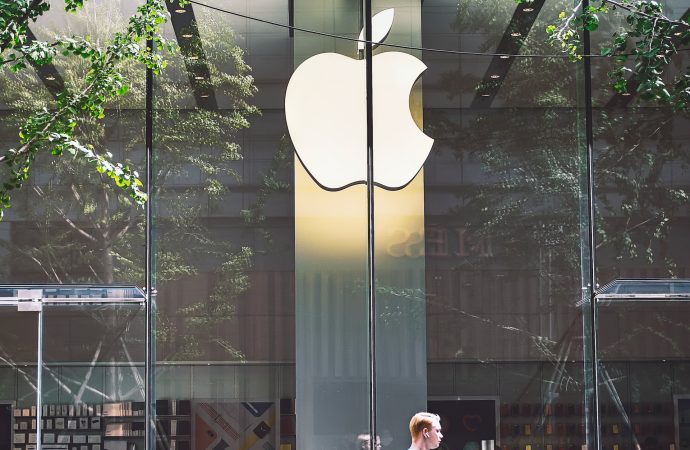Introduction: Apple R1 Chip In recent years, Apple has been making significant strides in the realm of processor technology. The introduction of the M1 chip in 2020 marked a new era for Mac devices, showcasing unparalleled performance and energy efficiency. With rumors of an even more advanced R1 chip circulating, tech enthusiasts are eager to
Introduction: Apple R1 Chip
In recent years, Apple has been making significant strides in the realm of processor technology. The introduction of the M1 chip in 2020 marked a new era for Mac devices, showcasing unparalleled performance and energy efficiency. With rumors of an even more advanced R1 chip circulating, tech enthusiasts are eager to understand the innovations it may bring to the table. In this article, we’ll delve into the details of the Apple R1 chip and perform a comparative analysis with its predecessors, the M1 and M2 chips.
The Evolution of Apple’s Silicon Chips
Before we explore the R1 chip, it’s essential to look back at Apple’s journey with silicon chips. Historically, Apple used Intel processors for its Mac lineup. However, in 2020, Apple took a bold step by transitioning to its proprietary M1 chip. This move proved to be a game-changer, delivering superior performance, power efficiency, and enhanced integration with macOS. The M1’s success laid the foundation for further advancements in Apple’s chip development.

Photo by el alce web on Unsplash
Introducing the Apple R1 Chip
The Apple R1 chip represents the company’s relentless pursuit of excellence in processor technology. With rumors suggesting that it might debut in the next-generation MacBook Pro, expectations are running high. The R1 chip is expected to build upon the M1’s architecture, further refining its capabilities and pushing the boundaries of performance. Although specific details are scarce, industry insiders anticipate that the R1 chip will feature enhanced graphics processing, increased neural engine capabilities, and improved power efficiency.
A Comparative Study: R1 vs. M1
Let’s now compare the rumored features of the R1 chip with the existing M1 chip. While the M1 already boasts impressive performance and power efficiency, the R1 chip is projected to take it a step further. The enhanced graphics processing in the R1 chip could prove to be a game-changer for graphics-intensive tasks, making it ideal for creative professionals and gamers alike. Additionally, the upgraded neural engine is expected to enable groundbreaking advancements in AI and machine learning applications.
Benchmarks and Performance Metrics
While we eagerly await official benchmarks for the R1 chip, we can analyze the M1’s performance as a reference point. The M1 has consistently outperformed competing processors in single-core and multi-core performance benchmarks, showcasing its dominance in both productivity and resource-intensive tasks. Considering Apple’s track record, it’s reasonable to expect that the R1 chip will further raise the bar, providing even better performance metrics and a seamless user experience.
Exploring R1’s Architecture and Features
Diving deeper into the R1 chip’s architecture, we expect to see advancements in chip packaging, transistor density, and custom silicon designs. Apple’s proprietary technologies, such as the Unified Memory Architecture (UMA), could be further optimized to enhance data transfer speeds and improve energy efficiency. Moreover, the R1 chip might incorporate additional dedicated accelerators for specific tasks, providing substantial improvements in specialized workloads.
R1’s Implications for Future Apple Devices
The introduction of the R1 chip is likely to have significant implications for future Apple devices. If the R1 chip lives up to the hype, we can anticipate seeing it integrated into various products, including MacBook Air, MacBook Pro, and iMac models. With each iteration, Apple’s custom silicon chips are becoming increasingly capable of handling diverse computing needs, leading to a more seamless user experience across the entire Apple ecosystem.
Conclusion
In conclusion, the Apple R1 chip holds the promise of delivering yet another leap in processor technology. By comparing it with the M1 and M2 chips, we gain insights into the potential advancements it might bring. As Apple continues to refine its chip development, users can look forward to even faster, more power-efficient, and capable devices. The R1 chip could pave the way for new possibilities in the world of computing, solidifying Apple’s position as an industry leader in innovation and performance.

















Leave a Comment
Your email address will not be published. Required fields are marked with *